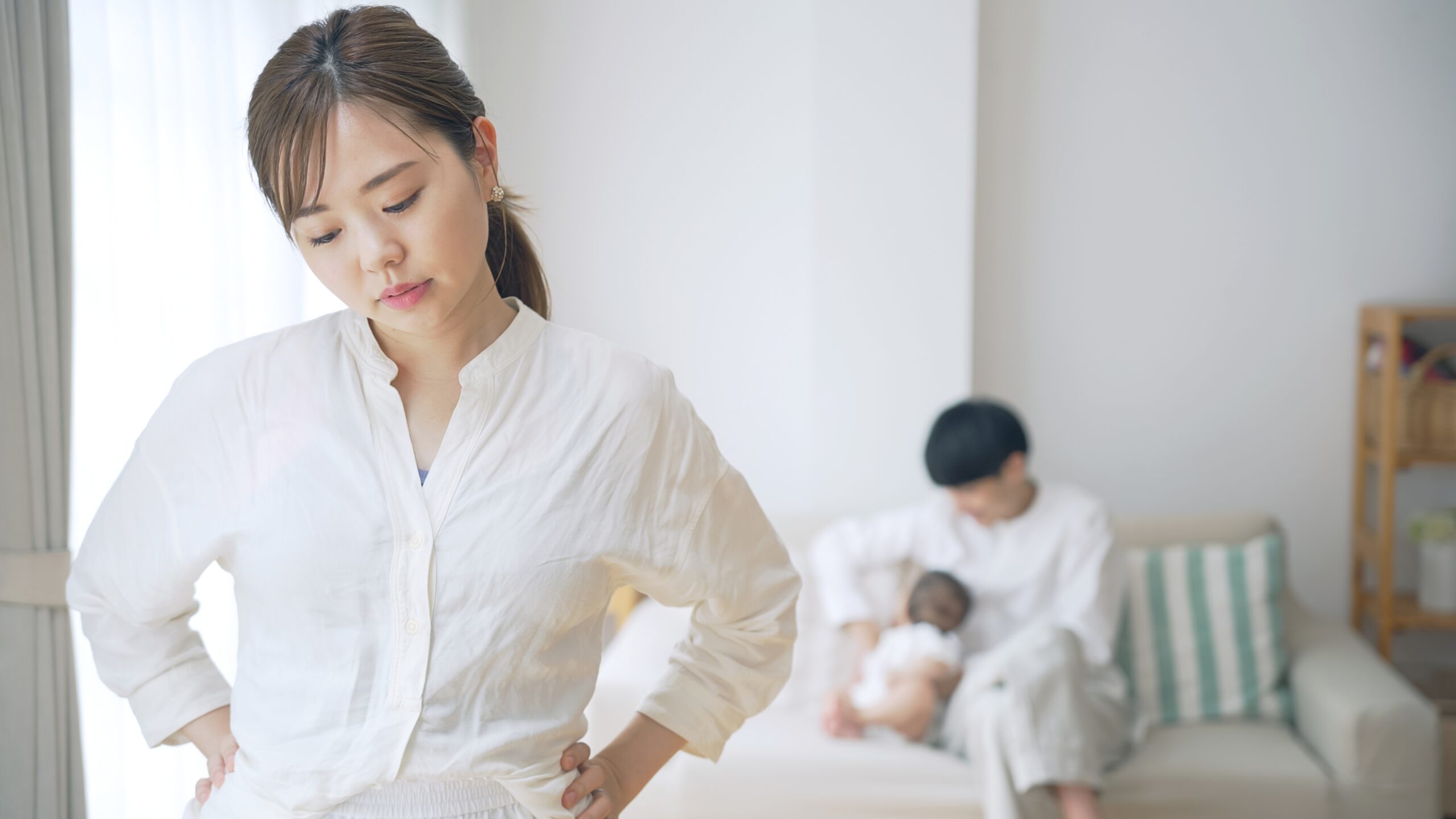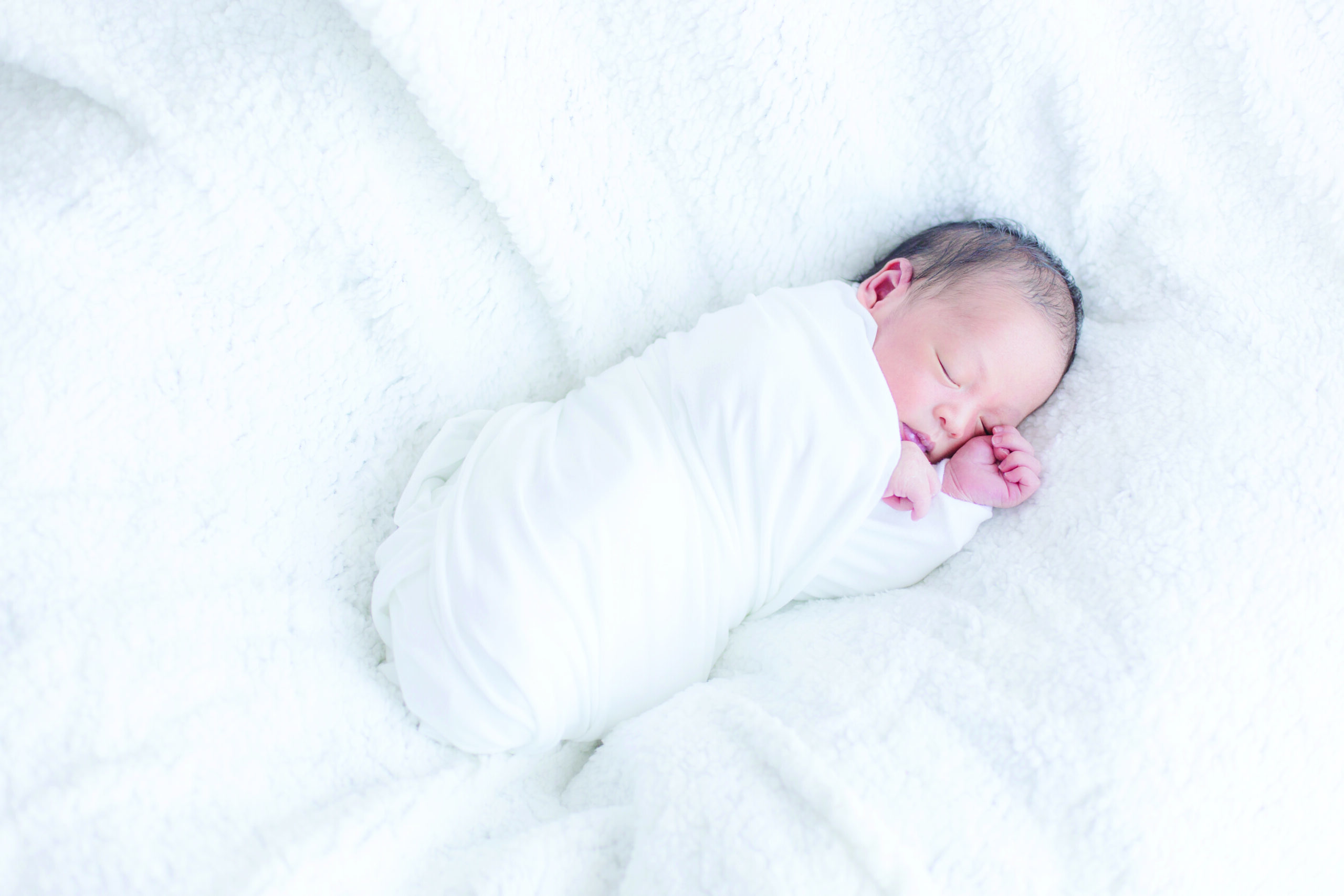Bringing home a new baby should be one of life’s happiest moments, but for many families, there are mixed emotions. Most women face postpartum mood disturbances, from mild short-term mood swings to more long-term severe mental health challenges.
Postpartum blues is a transient condition characterized by rapid mood swings: contentment or euphoria one moment, then sudden sadness, anxiety and crying spells. Mothers experiencing postpartum blues may suffer insomnia, irritability and concentration lapses. According to Mayo Clinic, most mothers experience these symptoms 2-3 days after delivery, for about two weeks. Mothers can alleviate these symptoms by resting, accepting help and joining support groups with other new moms.
When the mother experiences a depressed mood, loss of interest in pleasurable activities and other characteristic symptoms for most of the day for more than two weeks, it indicates a more severe condition called Postpartum depression (PPD.) PPD impacts 15-20% of new moms, compared to about 12.5% of women who will experience clinical depression during their lives.
Symptoms include sleep, energy, libido, appetite, weight and gastrointestinal functioning changes. Other symptoms include feelings of inadequacy or failure as a mother, shame, guilt and being overwhelmed by the perceived inability to bond with or care properly for the baby. Increased anxiety, panic attacks, irritability and anger are common. There may be thoughts, often concealed, of harming oneself or one’s baby.
Risk factors include a family or personal history of depression, mood changes related to pre-menstruation or oral contraceptives, child-care stress and changes in work, recreation and relationships. Adequate bed rest and emotional support are usually effective treatments, as restorative sleep facilitates sound decision-making and improves self-control.
Panic disorders, generalized anxiety disorder and obsessive-compulsive disorder can also arise or recur following delivery. When present along with PPD, the prognosis is more concerning. Treatment can begin once a doctor is made aware of PPD symptoms. Doctors may recommend treatment based on symptoms, severity and initial response to treatment.
Psychosocial therapy is generally the initial treatment for milder cases, with medication added for more severe cases. If the patient is breastfeeding, special care in choosing the pharmaceutical drug prescribed is imperative.
If you do not seek treatment, it may impact your entire family. Untreated PPD adversely affects the mother-child relationship, children’s development, the marital relationship and your partner’s mental health. Children whose mothers suffer untreated PPD are at increased risk for behavioral disorders, over-aggression and cognitive and attention deficits. Remission significantly benefits the mother and her family.
Untreated maternal PPD is also a key risk factor for paternal PPD. The University of Texas Medical Center estimates 1 in 10 men experience postpartum depression or anxiety. Research links paternal PPD to behavioral problems in preschool-aged children, more physical and mental health problems in the children and unfulfilling family relationships. While men are most likely to experience depression during the first trimester (prenatal depression), PPD often occurs when the baby is 3-6 months old.PPD in men often manifests as angry outbursts, risky behavior, substance abuse, withdrawal from relationships, lack of motivation, body aches, stomach problems and an increase or decrease in working.
If you suffer signs or symptoms of postpartum blues a few days after your delivery, do not worry-you have lots of company. Do not ignore symptoms if symptoms are more severe or persist beyond two weeks. Promptly contact your obstetrician or primary care provider to report your symptoms and ask for help if you have thoughts of hurting yourself or your baby. Postpartum mood disorders are severe and require professional treatment. Do what it takes to get well for yourself and your family. Doing so will benefit you, your spouse, your new baby and any other children you have.








Leave A Comment